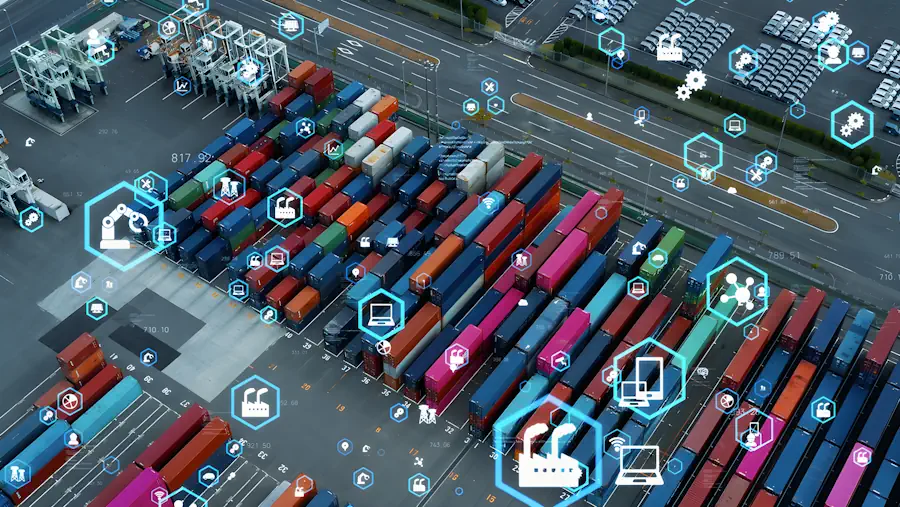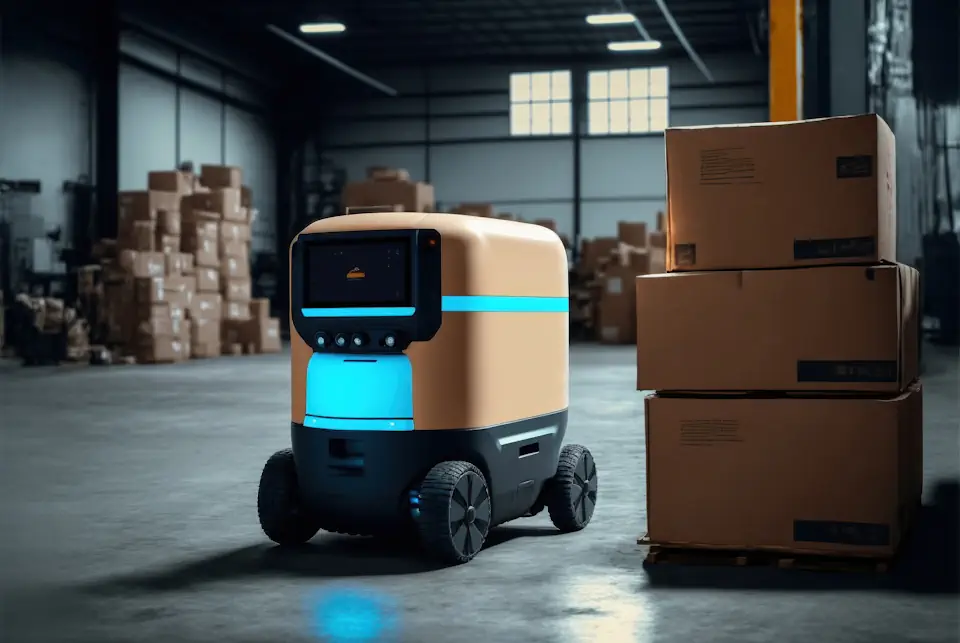THE 5 MAIN TRENDS IN LOGISTICS 2023

1. AI
The rapid growth of production encourages the use of artificial intelligence more and more often.
According to the forecast of analysts from SymphonyAI Retail, by 2030 the market of artificial intelligence in logistics will be valued at 36 billion USD.
Analysts also talk about the high potential of AI in improving the assortment policy and managing warehouse stocks, as well as in the development of multi-channel procurement. The technology will analyze numerous offers on many Internet platforms and offer optimal options. AI can track changes in consumer behavior and improve the entire supply chain.

2. Advanced analytics
The issue of improving key performance indicators and reducing risks remains relevant, so advanced analytics continue to be actively used. The importance of big data analytics, which is needed for the development of visibility and which strongly affects the sector’s resilience to further shocks and disruptions, is already noticeable.
Analytics systems are capable of analyzing all data, from order geography and route information, to driver ratings, customer satisfaction metrics and feedback collection. This is possible if the dashboard of analytics systems has personalization and can be configured as convenient for the operator, driver and other participants of logistics processes.
3️. Automation
Automation of processes through robotics, which solves the problem of insufficient labor and supply disruptions, is gaining momentum.
The DHL company in the Logistics Trend Radar report identified robotics and modern technologies among the key trends of the logistics future. In the global logistics sector, robotics will play an important role. Increasing stationary and mobile robots, the use of drones and smart labels will also become more and more prominent. It is believed that modern technologies will contribute to the use of alternative energy sources.

4. IoT
The “Internet of Things” (IoT) — data transmission over the network without human involvement — is becoming more and more popular.
GPS navigators, smart plugs, electric car charging, power and energy meters, Bluetooth beacons, LoRaWAN sensors significantly optimize the logistics process. The devices help avoid congestion, optimize routes, manage location, monitor the environment and generate predictive analytics. IoT minimizes delays during transportation and eliminates operator errors.
It is expected that by 2025 there will be 55.7 billion connected devices on the market.
5. Flexibility and nearshoring
Also in 2023, the emphasis is on the acceleration of all processes and the “stability” of business in the face of difficulties, which were caused by the pandemic and geopolitical instability. The pandemic and the destruction of the usual supply chains forced companies to change the geography of production, to transfer them to their native markets. This trend was called nearshoring, and it remains relevant in 2023. It is not only geopolitical instability, but also record inflation and a possible recession that contribute to this.

Deloitte notes that 90% of organizations will continue to invest in nearshoring production. In addition, the existence of an alternative to the usual supply chain is assumed. Classic logistics is being transformed, and flexible companies that create an environment of additional services to support delivery will benefit.




